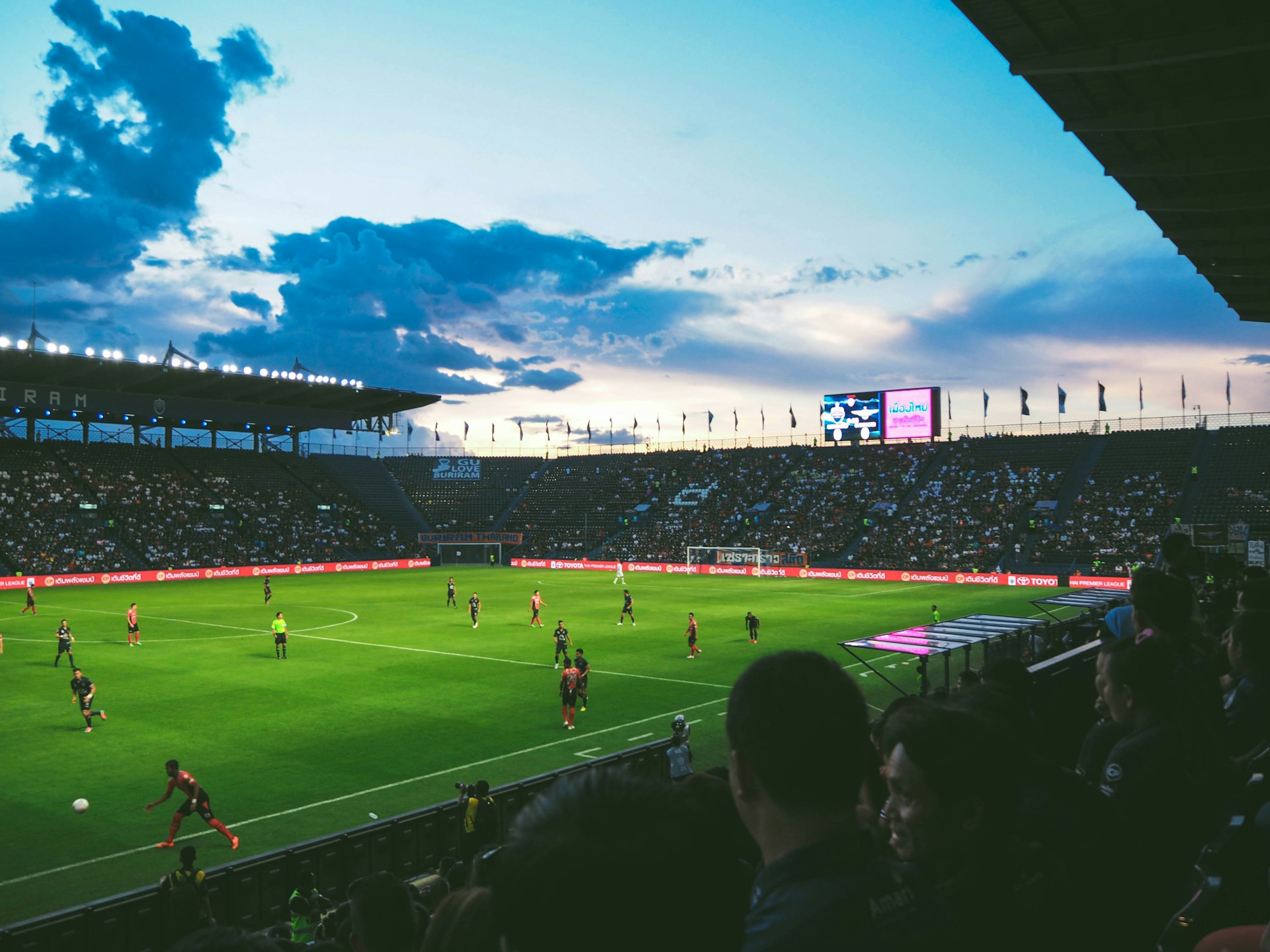As football players, you understand the importance of a comprehensive training routine that includes not only strength and conditioning but also flexibility and recovery. But have you ever considered incorporating sports massage into your regimen? This type of therapy has been gaining traction among athletes in recent years due to its numerous benefits, from improved performance to faster recovery. This article will delve into the advantages of sports massage and provide guidelines on the frequency of this treatment for optimal results.
The Impact of Sports Massage on Performance
A sports massage, when applied by a trained therapist using specific techniques, can significantly enhance your performance on the field. But how does this happen?
Avez-vous vu cela : What are the best practices for football clubs in managing youth talent development?
A sports massage is not simply a relaxation technique. It’s a focused treatment that targets your muscles, specifically those heavily used during your sport. By working on these areas, a sports massage can alleviate muscle tension and increase flexibility, leading to improved performance.
Sports massage focuses on improving blood flow to the muscles. Increased blood flow means more oxygen and nutrients delivered to your muscle cells, which can enhance energy production and lead to better performance. Moreover, sports massage can also help improve flexibility by stretching and loosening tight muscles, which can increase your range of motion and prevent injuries.
A découvrir également : What are the effective ways for football players to improve their sprinting techniques?
Lastly, sports massage can also have a psychological effect. The soothing techniques used can help reduce anxiety and stress, leading to better mental focus during games. In essence, sports massage can contribute to a holistic approach to your training, enhancing both physical and mental performance.
Sports Massage and Recovery
Now that we’ve covered how sports massage can help boost your performance, let’s delve into another essential aspect – recovery. This is where sports massage truly shines.
Soreness and fatigue are common after intense football games or training sessions. They are the results of microscopic damage to muscle fibers and the natural inflammatory response of your body. This is where a sports massage can be extremely beneficial. By enhancing blood circulation, it can help deliver nutrients needed for muscle repair and remove waste products, such as lactic acid, that contribute to muscle soreness.
Sports massage can also help alleviate pain by releasing tension and knots in your muscles. These are often caused by overuse or improper form during training. Through specific techniques, a sports massage therapist can help break down these knots, providing relief from pain.
Another crucial aspect of recovery is mental relaxation. As mentioned before, sports massage can help reduce stress and anxiety, promoting a sense of calm and relaxation, which is essential for recovery.
The Role of Sports Massage in Injury Prevention and Treatment
Injuries are the bane of any football player’s career, and sports massage can play a significant role in preventing and treating these setbacks.
By improving flexibility and removing muscle tension, sports massage can prevent common injuries such as strains and sprains. Regular sports massages can keep your muscles supple and flexible, reducing the risk of injuries.
In case of an existing injury, sports massage can be part of the rehabilitation process. It can help reduce pain and inflammation, promote healing, and restore flexibility and strength to the injured area. However, it’s important to note that sports massage should complement, not replace, other treatments such as physiotherapy or medical interventions.
How Often Should Football Players Get a Sports Massage?
The frequency of sports massage depends on several factors, including your training intensity, competition schedule, and individual needs. As a general rule, you should aim to have a sports massage at least once a week during periods of intensive training or competition.
In the lead-up to a significant match or event, you might find it helpful to have a massage a few days before to prepare your body and mind. After the event, another massage might help speed up recovery and alleviate any potential muscle soreness.
If you’re recovering from an injury, the frequency might increase to several times a week, based on your therapist’s recommendation. The key is to listen to your body and work with your therapist to find the optimal schedule that works for you. Remember, the goal is to enhance your overall performance and recovery, not to add another stressor to your routine.
In conclusion, sports massage has copious benefits for football players, from enhancing performance and recovery to preventing and treating injuries. While the optimal frequency differs for each player, regular sessions can undoubtedly contribute to improved physical and mental well-being, leading to better performance on the field. So why not give sports massage a try and see the difference it can make in your game?
The Magic of Massage Techniques on Football Players
Ever wondered how massage techniques like effleurage and petrissage can work wonders on the body of football players? Let’s break it down.
Effleurage, a technique involving long, gliding strokes, helps to increase blood flow, leading to an enhanced delivery of oxygen and nutrients to the tissues. Petrissage, on the other hand, involves kneading, squeezing and rolling techniques to manipulate deeper layers of muscles, releasing muscle tension and knots. Incorporating these techniques, a skilled massage therapist can address the specific needs of football players.
By focusing on particular muscle groups heavily used in football, these massage techniques can help in reducing muscle soreness. They can also assist in flushing out waste products like lactic acid that contribute to delayed onset muscle soreness (DOMS), a common condition among football players after intense training sessions or matches.
By reducing DOMS, massage therapy can help football players return to their training routine earlier, enhancing both their performance and recovery. Furthermore, regular massage sessions can ensure a proper range of motion by maintaining the flexibility and elasticity of muscles and connective tissues, a crucial aspect of a footballer’s physical performance.
Sports Massage: A Game-Changer for Mental Health
We’ve discussed the impressive physical benefits of sports massage, but what about its impact on a player’s mental well-being? This is an often understated aspect of sports med that deserves equal attention.
Massage therapy is known to stimulate the release of endorphins, the body’s natural ‘feel-good’ hormones. This can result in reduced stress levels and anxiety, promoting a sense of wellbeing. For football players, this mental boost can lead to increased concentration, better decision-making on the field, and overall improved performance.
Moreover, a relaxed mind supports better sleep, a crucial factor for optimal recovery. Adequate rest enhances physical performance by improving energy levels, focus and resilience.
In these ways, sports massage contributes to a holistic approach to a football player’s well-being, seamlessly integrating physical performance and mental health.
Sports massage offers a multitude of benefits for football players. From improving physical performance through increased flexibility and reduced muscle soreness, to enhancing mental well-being by reducing stress levels, it’s clear that it is a potent tool in a footballer’s arsenal. With a skilled massage therapist, and a regular massage regimen tailored to the individual’s needs, players can maximize both their performance and recovery.
The effects of massage are not instantaneous, and it’s crucial to remember that sports massage is not a one-size-fits-all solution. It is a commitment and a process. However, with consistency, football players can experience significant improvements in their performance and overall well-being. So, make sports massage a regular part of your routine and level up your game. Embrace the power of touch and let the magic of massage techniques like effleurage and petrissage transform your performance on and off the field.






